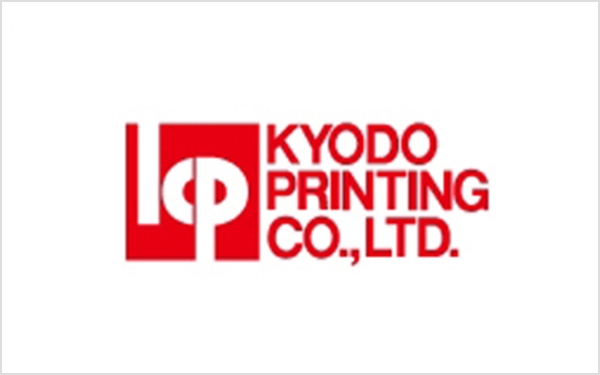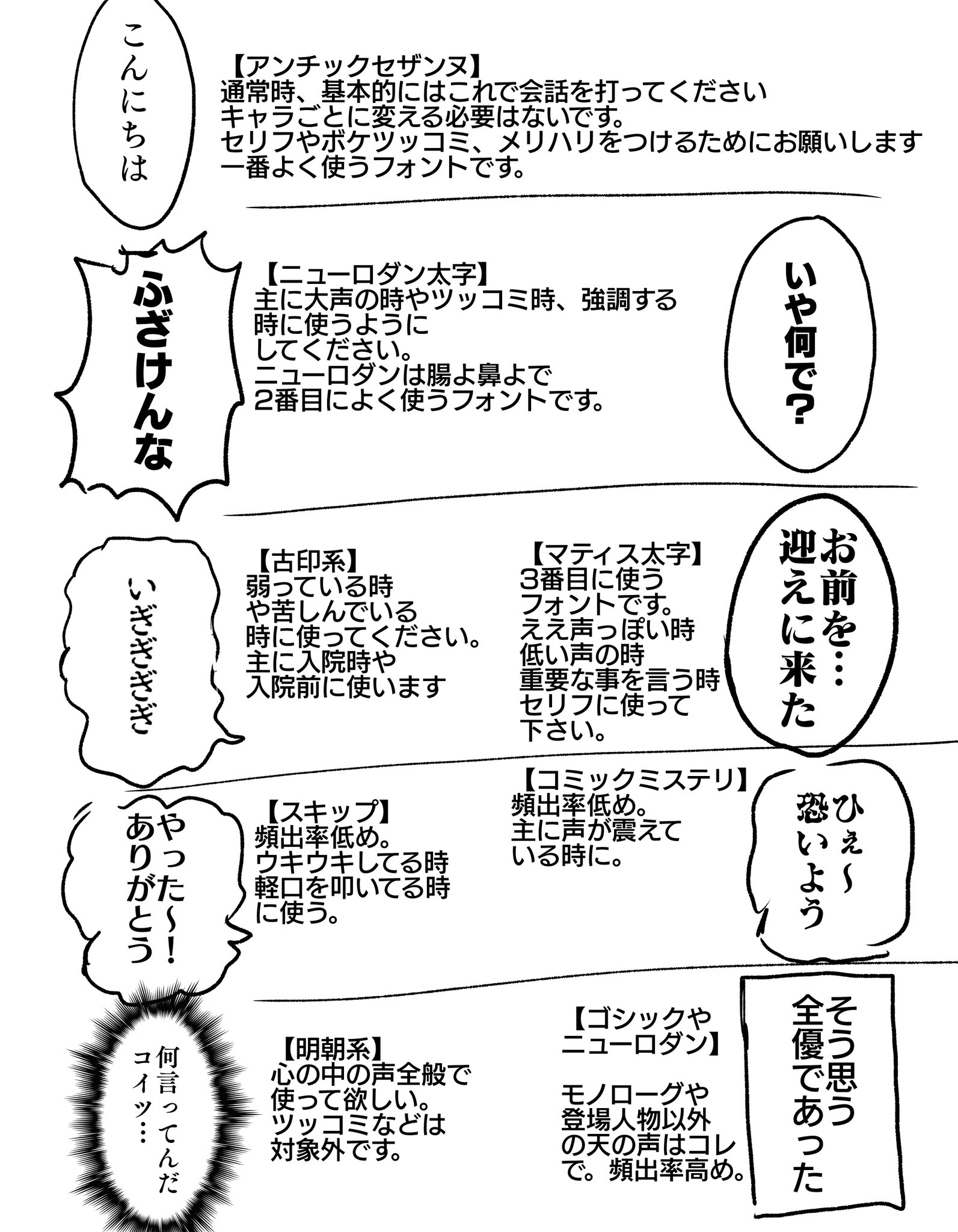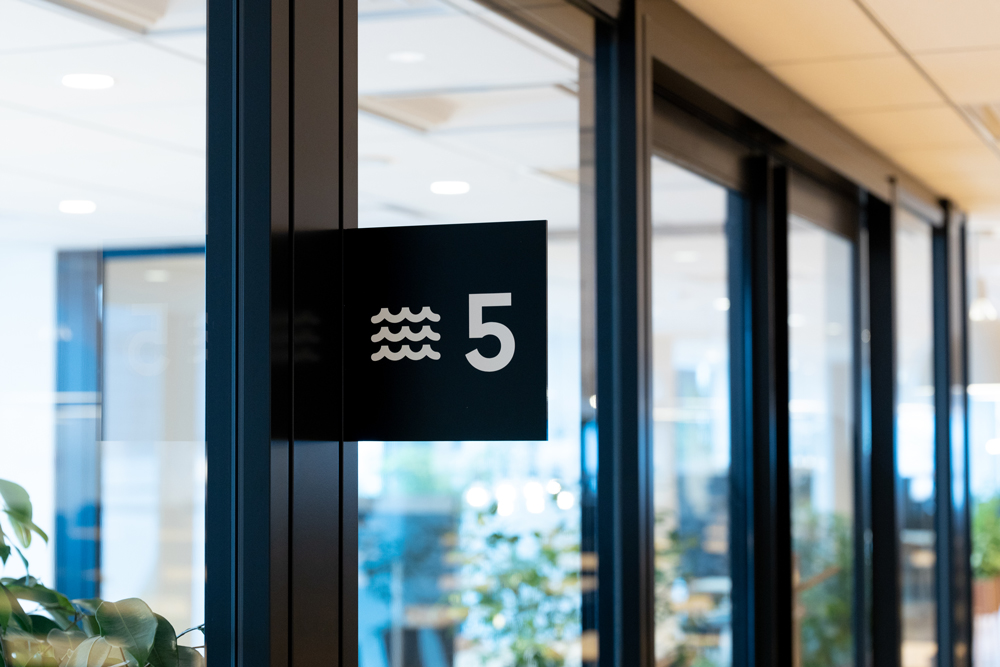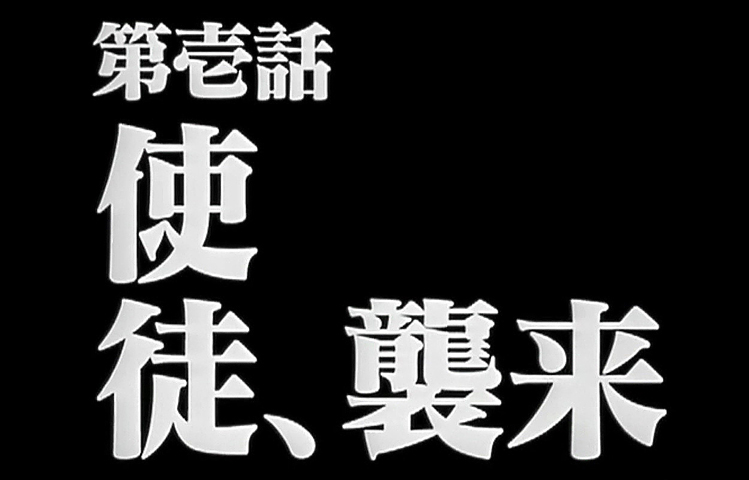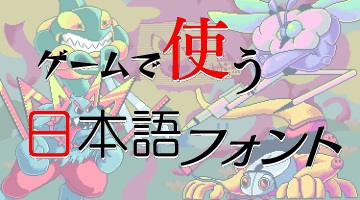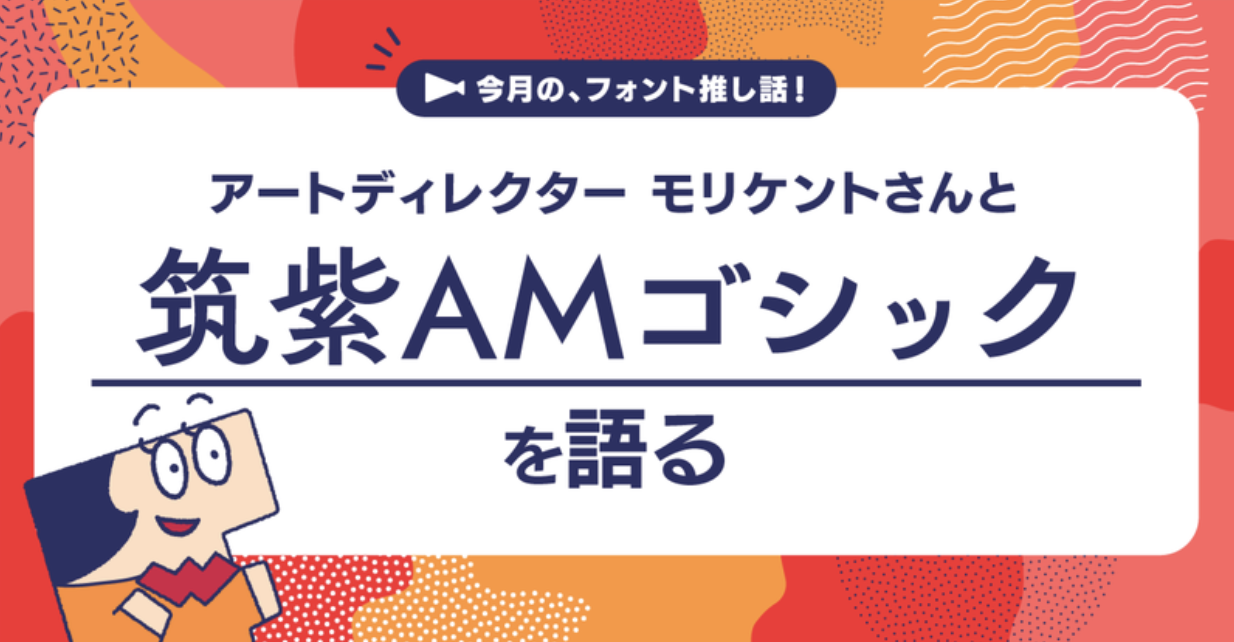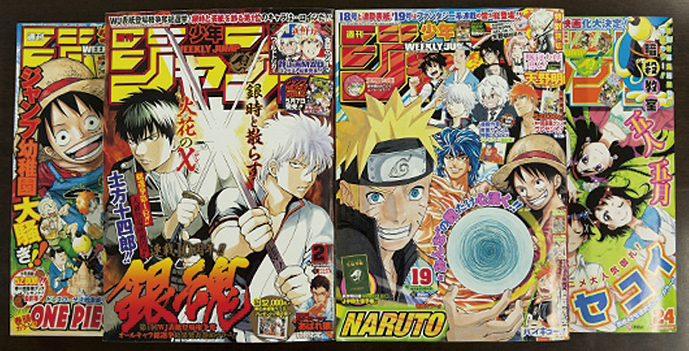
共同印刷株式会社さまのご紹介
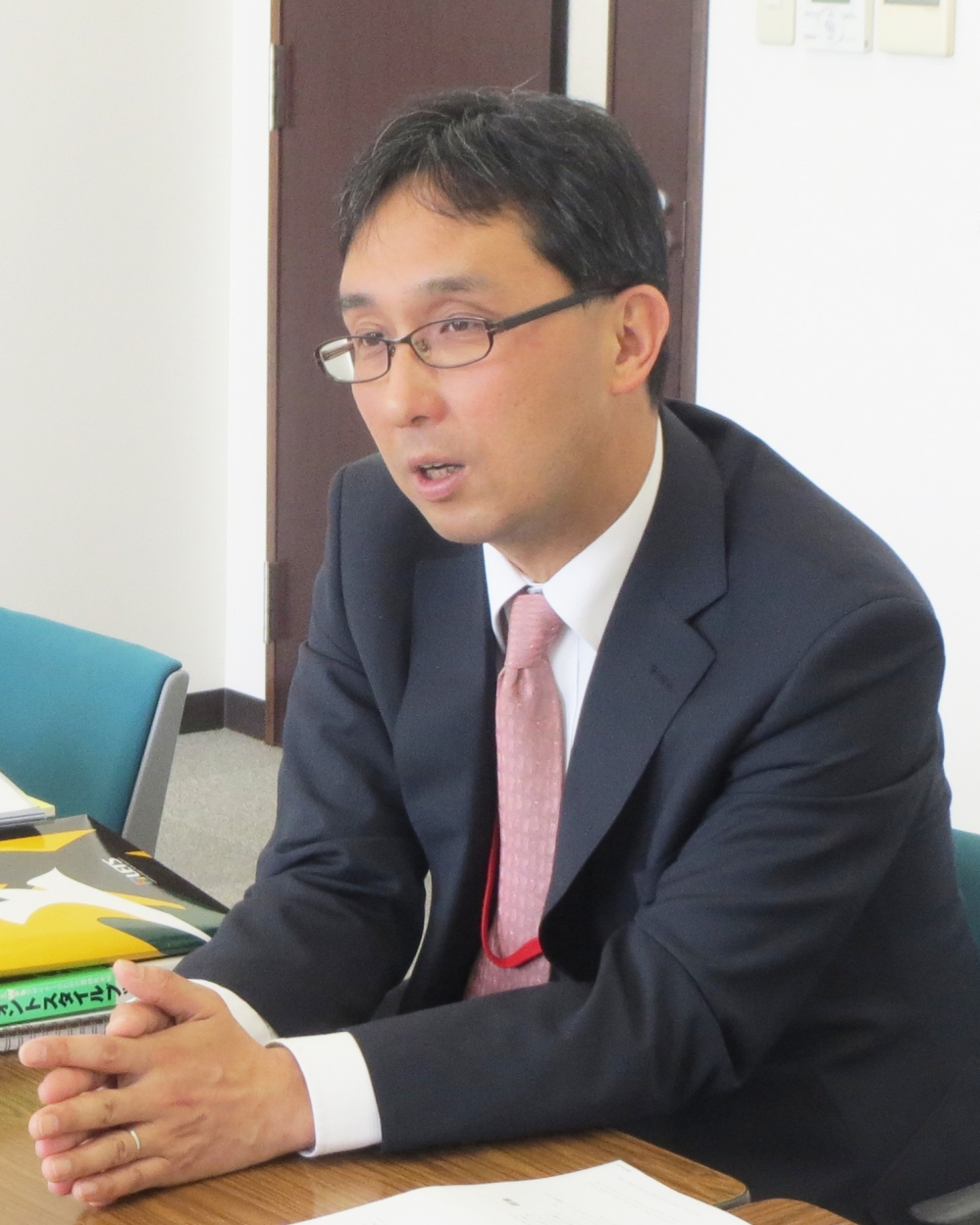
共同印刷さまは、印刷・出版部門、ビジネスメディア部門、生活・産業資材部門と幅広く事業を展開されている会社です。
印刷・出版部門では、企画・制作から物流まで、印刷メディアを核にさまざまなサービスを提供し、多様なデバイスを活用したプロモーション活動やIT関連のソリューション事業などで、販売の促進を図られています。
今回ご紹介するのは、共同印刷さまが業界に先駆け進められた「まんが制作環境のデジタル化」についてです。製版の効率化を求めて開発された『まんがフルデジタル制作システム ComicPacker®』で使用するデジタルフォントについて、当時、写植書体に相当するバリエーションが少なかったがために、大変な試行錯誤をされたお話を多田さまに伺いました。
製版作業の効率化を求め、制作フローにデジタル化を
デジタル化する前までのマンガの制作フローを、皆さんもよくご存知の「週刊少年ジャンプ」を例に、簡単にお話しします。
まず、掲載作品のそれぞれの漫画原稿を、漫画家の先生から出版社である集英社さまが預かります。その原稿のセリフ部分に適したデザインの写植書体を、集英社さまが印刷会社である弊社に指定をします。 その指定に沿って、書体を“印画紙”に出力し、それを原稿に切り貼りしてレイアウトを整えます。最後に、それをスキャンして集版し、印刷を行うといった、職人技を必要とするいわゆる“アナログ”なフローをとっていました。

この作業を数十年行なってきたのですが、誰もが簡単に制作できるように、また、雑誌からコミックスへの製版に作業の効率化が図れるようにすべきだと感じるようになりました。
そこで、組版から製版までの一部の流れをデジタル化することを目的に開発したのが『まんがフルデジタル制作システム ComicPacker®』(以下、ComicPacker®)です。
デジタル化の妨げは、フォントのデザインによるものだった

開発した『ComicPacker®』を使って、今まで行なっていたこの作業を、現在のようにパソコンで行えるようにするには多くの試行錯誤がありました。まず、最初の大きな問題点となったのは、DTP(Desktop publishing)※に欠かせないデジタルフォント(フォント)に関してです。
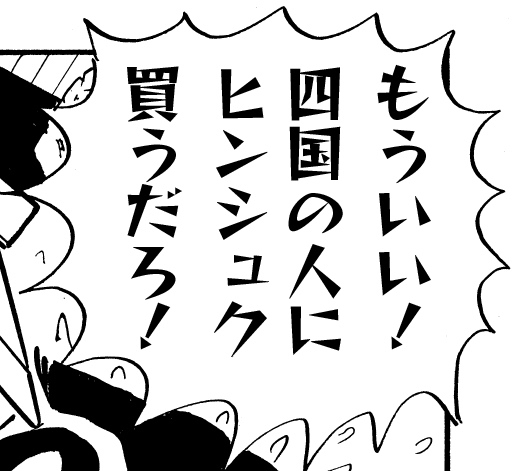
ここで使用するデジタルフォントというのは、実は今まで使用していた写植の書体と比べると、誌面から伝わってくる印象が弱々しく感じられるものでした。 今まで使用していたデザインやウエイトとは異なるため、当たり前のことかもしれませんが、似たようなフォントを使っていても、誌面イメージがスカスカで重みがなくなってしまうという状況でした。
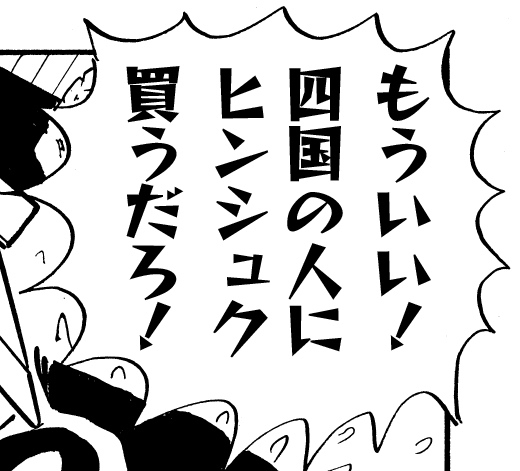
そのため、デジタル化の持つ"初校出校までのスピード"や"コミックス化時の効率化"というメリット部分をアピールポイントとして、様々な出版社へ提案をしましたが、既に写植で組まれている連載雑誌では、出版社がデジタルフォントのデザインに難色を示すことが多く、採用に至らないケースがかなりありました。
※ ここでいうDTPは、出版物の原稿作成や編集、デザイン、レイアウトなどの作業をコンピュータで行い、データを印刷所に持ち込んで出版することの意。
フォントの代替リストを作って、出版社に再度提案
“新創刊雑誌や増刊号”など、既存の誌面イメージが変わる恐れのない雑誌には受け入れてもらえたのですが、連載雑誌では写植の書体をそのままデジタル化できないのかと相談されてしまうこともしばしばありました。
それまでも写植書体をデジタルフォントに置き換える代替リストは作成してましたが、この代替リストを全面的に見直し、再度出版社に提案してみようということになりました。
その見直しとして、 マンガによく使用していた20種類くらいの写植書体を、各フォントメーカーが既にリリースしているフォントから、下記3つのグループに分けることで代替フォントの検討をしていきました。
- 1デザインや雰囲気が似ていて、そのまま代替が効くのはどのフォントか
- 2ボールドやイタリックに加工をすることで、代替が効くのはどのフォントか
- 3納得のいく代替の効かないのはどのフォントか
多くの書体が、“1. 似ているデザインのフォント”として対応できたのですが、“2. 加工が必要”であったり、“3. 納得のいく代替の効かない”ものもいくつかでてきました。
そのような中でも、「ないからしかたないか…」と納得できないままだった“3. 納得のいく代替の効かない”に分類される古印体は、印象は弱いですが古印体特有の“カスレ”があるフォントを代替として選びました。
しかし懸念通り、実際のマンガのように本文として組版してみると、唯一の選定ポイントだった“カスレ”自体も、小さすぎて普通の丸ゴシック体のようになってしまう仕上がりになってしまいました。それは、代替えリストを作った弊社も、そして提案先となる出版社にも不満が残ってしまうものでした。
「フォントまで含めてマンガなんだ」という強いこだわり
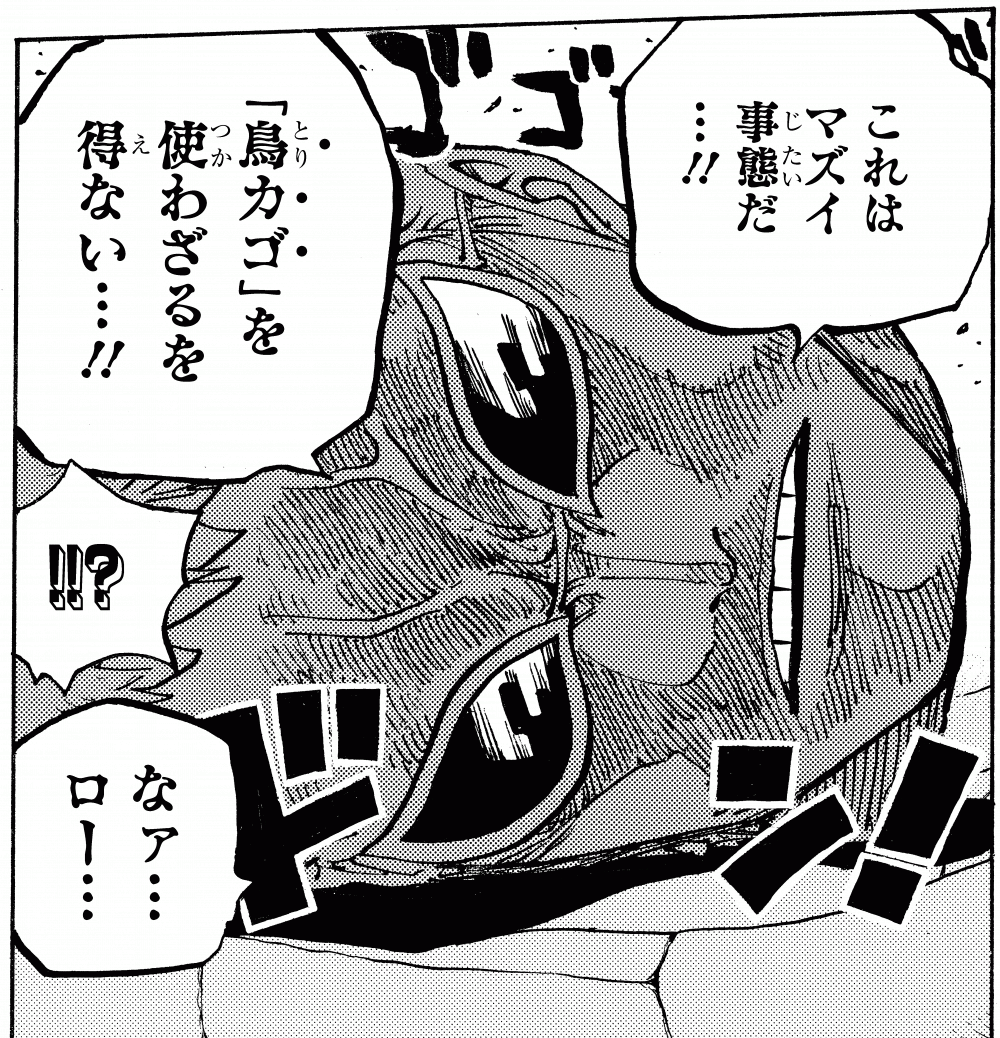
それは、冒頭で例としてご紹介した集英社さまも例外ではありませんでした。
特に少年/少女向けまんがやギャグマンガは、使用書体が非常に多いということもあり、「デジタルフォントに置き換えると、誌面全体のイメージが以前と変わってきてしまい、なんだか軽い印象を受けてしまう。マンガは絵柄だけでなく、書体や級数の選択など書体表現まで含めてマンガなんだ。だから書体には強いこだわりを持って使っているんだ!」と、マンガにおけるフォントの役割を改めて認識させられるご意見をいただくことがありました。

また、弊社としても納得のいくデジタル化を進めたいことから、代替リストの“2. 加工が必要”や“3. 納得のいく代替の効かない”フォントについて再考することになり、 “2. 加工が必要”なフォントに関しては、取り急ぎ、制作システムである『ComicPacker®』に“ボールド、イタリック、影付け、袋付け”などの処理を施すプラグインを、新たに開発することで対応しました。
今考えると、そうやって処理したものはフォントではないとフォントメーカーに一喝されそうですよね。ですがそれほど、当時使用していたコミック特有の書体バリエーションに相当するフォントが少ない状態でした。背に腹は変えられないと判断したんです。
イメージにあったフォントを求め、フォントメーカーに相談

そのような対応をしながらも、“2. 加工が必要”なフォントや古印体を含む“3. 納得のいく代替の効かない”フォントについては、色々なフォントメーカーに相談してみることにしました。
制作時間やコストなど、あらゆる面を考慮する必要がありましたが、『「白舟古印体」の漢字デザインを元にして現在開発段階にある「万葉古印」をベースに、多田さんが求めているフォントを新しく作りましょうか?』とフォントワークスさんにご提案いただいたのが転機だったと感じています。
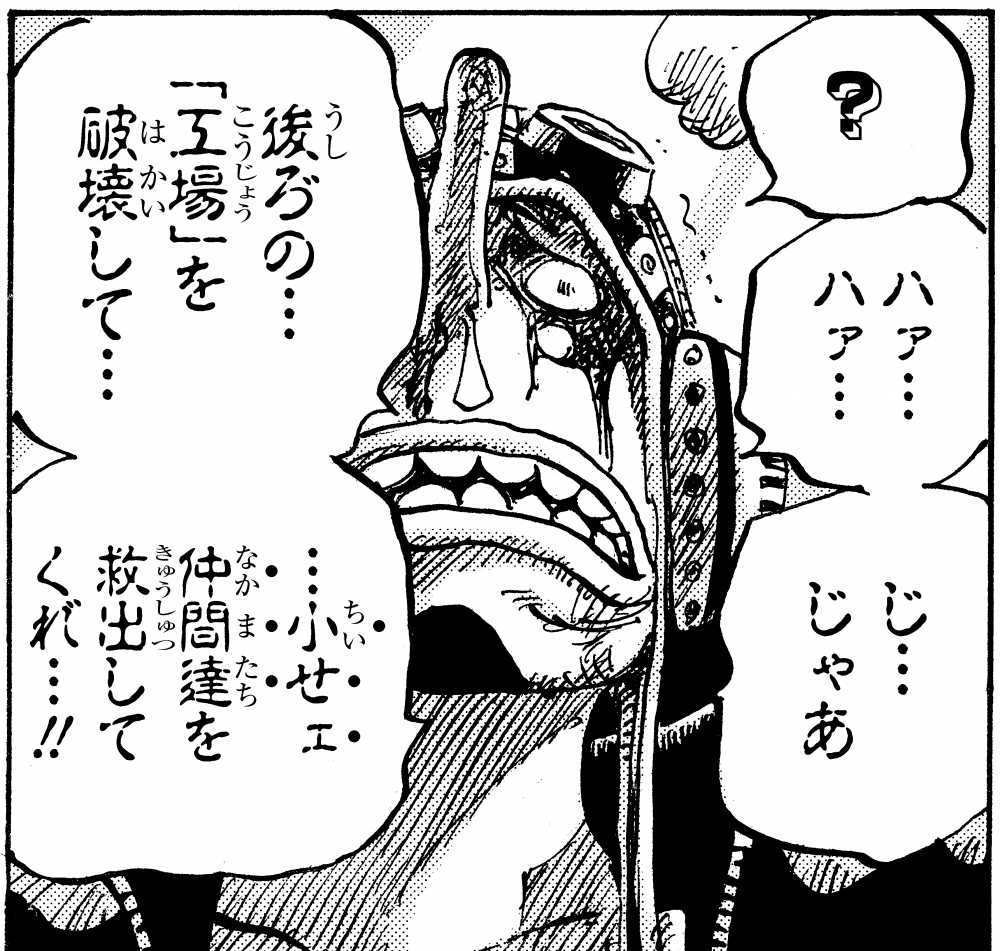
実は当時、その「白舟古印体」を代替フォントとして使用できなかった理由として、平体がかかっているということが大きく影響していたんです。
マンガのセリフで古印体を使う理由として、絵柄と一緒に文字でもその“おどろおどろしい様子”を感じてもらいたいということがありました。 ですが、当時の既存デジタルフォントでは、その演出したいイメージとは異なり、少しかわいらしく感じられることや、ウエイトの細さから、誌面での印象が軽くなる恐れがあったのです。
また、これは作業についてのことになりますが、平体のかかったフォントはマンガ用の縦組にすると「スカスカ感」が出るため、一文ずつに詰めの調整が必要になってくることも選定時に弾いた理由でした。
ですが、写植で使用していた古印体とすごくテイストが似ていたこともあり、この点をうまく解消できるのであれば、写植と同じ雰囲気を表現できるのではないかという期待から、「作ってもらえるのであれば、ぜひこれでお願いしたい!」と思い、依頼することにしました。
ついに、マンガに最適なフォント 「万葉古印ラージ」「コミックミステリ」が完成

弊社の要望から完成した「万葉古印ラージ」のデザインは、「万葉古印」とは異なり「白舟古印体」の平体をなくし、ウエイトも太めに調整いただくことで、追い求めていた雰囲気やイメージを表すことが可能になりました。

実際にウエイトだけを並べてみると、ほんの少しの差しかないですよね。でも、この少しの調整が大切で、仕上がりの印象が全然違うんですよ。 全体のバランスを確認して進めてきましたが、細かい箇所には考えが及んでいないところも多く、濁点や半濁点の大きさなど、デザイン面での工夫は、その都度確認いただくといったお気遣いをいただくこともよくありました。

また、クオリティに関しても、テスト組版を出版社にご確認いただいく段階までくると、普段からフォントに親しまれている編集部の方が見ても、十分に満足いただけるもので、非常に喜んでいただけました。
この他にも「コミックミステリ」や「コミックレゲエ」は、「ミステリ」や「レゲエ」のウエイト調整をして特別に作成いただいたものです。
これらの書体は、弊社で印刷を担当している雑誌を見てもらえれば分かると思いますが、本当に良く使っている書体です。実はその中でも「コミックレゲエ」は、フォントワークスさんのほうから、マンガに使えるのではないかとご提案いただいたものなんですよ。

作成したフォントが「LETS」に入るというのも大きな魅力でした
書体開発は非常にコストがかかります。また、弊社が書体開発を発注すると、その書体の権利は弊社に帰属することになります。そうなると、書体のような“制作環境において基本的なもの”を独占することになるため、業界的にも良くないと考えていました。
そんなときに、フォントワークスさんから『半年から1年くらいを目処に、共同印刷さんで独占してフォントを使用する権利をもつようにし、その後「LETS」のラインナップに加えることで、ノウハウや技術を広げるというのはどうか』という提案がありました。これは弊社にとって、渡りに船というお話で本当に助かりましたよ。
問題の解消に加え、「LETS」に加わるということは、多くの印刷会社や出版社がフォントを使える状況にできるということなので、印刷業界全体から見ても、DTP化を推進できる大変喜ばしいことでした。
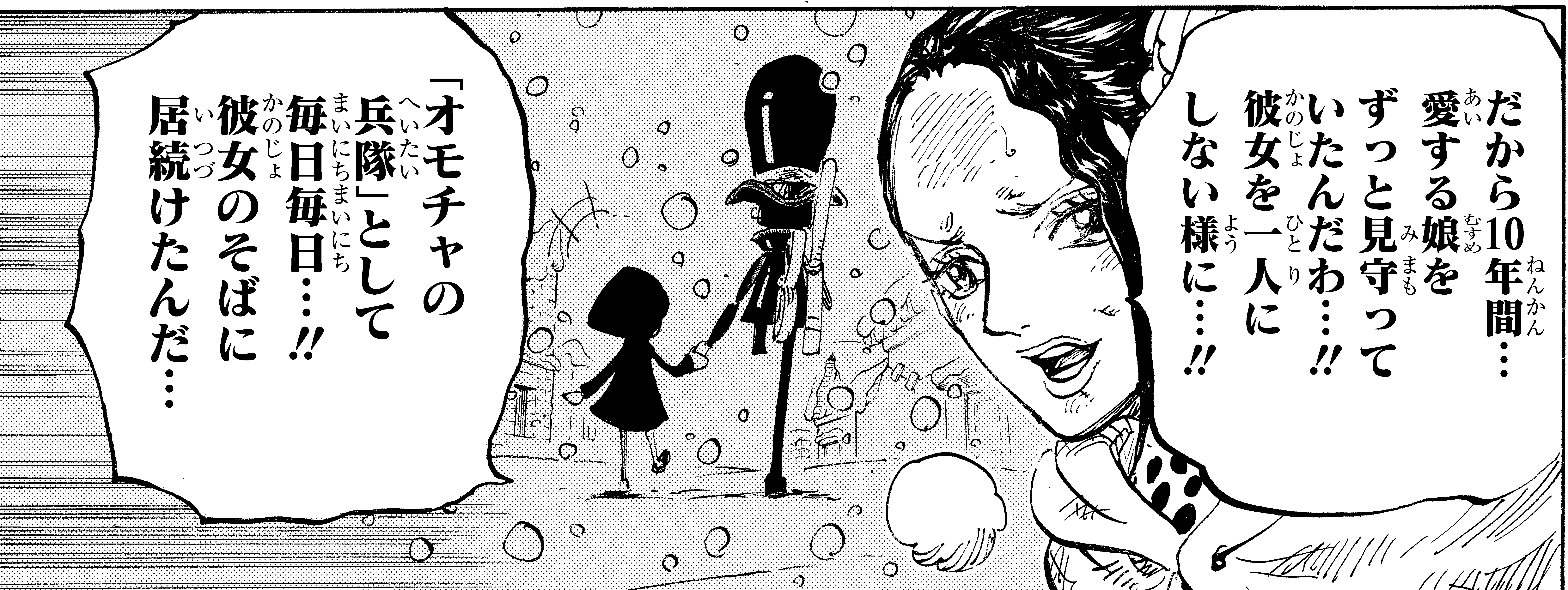

また、このフォントを作るプロジェクトでは、デザイン面での課題をクリアすることのほかに、技術面でも安定した出力ができるフォントを望んでいましたので、実際に印刷を行なう現場のエンジニアのRIP※の知識や、動向についての意見も参考にしました。 RIPでコケたり、出力エラーでかなりの出力検証を要するフォントがあるなか、フォントワークスからリリースされているフォントは優秀だと報告があったため、安心して制作をお願いできました。
※ RIPとは、PostScriptで記述されたデータを印刷や表示が可能なビットマップデータに展開するハードウェアのこと。ソフトウェアでこれを実現するものをソフトウェアRIPという 。
フットワーク軽く、親身になって対応いただきました

2003年から進めたまんが制作環境のデジタル化も、フォントワークスにお願いしたフォントが完成する2008年くらいに、やっと環境が整ってきたという印象を持っています。
ちょうどこのタイミングで、他社からもマンガ用のフォントが発表されるなど、DTPで使えるフォントが揃ってきたこともあり、初期段階からずっとご提案していた「週刊少年ジャンプ」でも、電子配信等での効率化から、デジタル制作に移行したいとご相談をいただくまでになりました。

実は、発行部数が多く進行スケジュールがシビアな週刊誌であること、誌面イメージを変えてしまう恐れがあること、フォントの名称を覚え直しての作業となることなど、制作環境を変えるリスクが高いと断られ続けていたんです。
ですが、新たに作った“マンガに最適なフォント”や“ジャンプ専用のフォント指示書(代替リスト)”のご提案、実務フローの綿密な打ち合わせなど、半年以上に渡る準備期間を設けることで、システム対応や人的体制を含め、納得いただける完全移行を遂げることができました。
このように、納得いただけるデジタル化を叶えることができたのは、どのフォントメーカーよりもフットワーク軽く、親身にご協力いただいたおかげだと思っています。今ではもう色褪せてしまいましたが、書体選定時に長時間にらめっこをした書体見本は、私の宝物です。
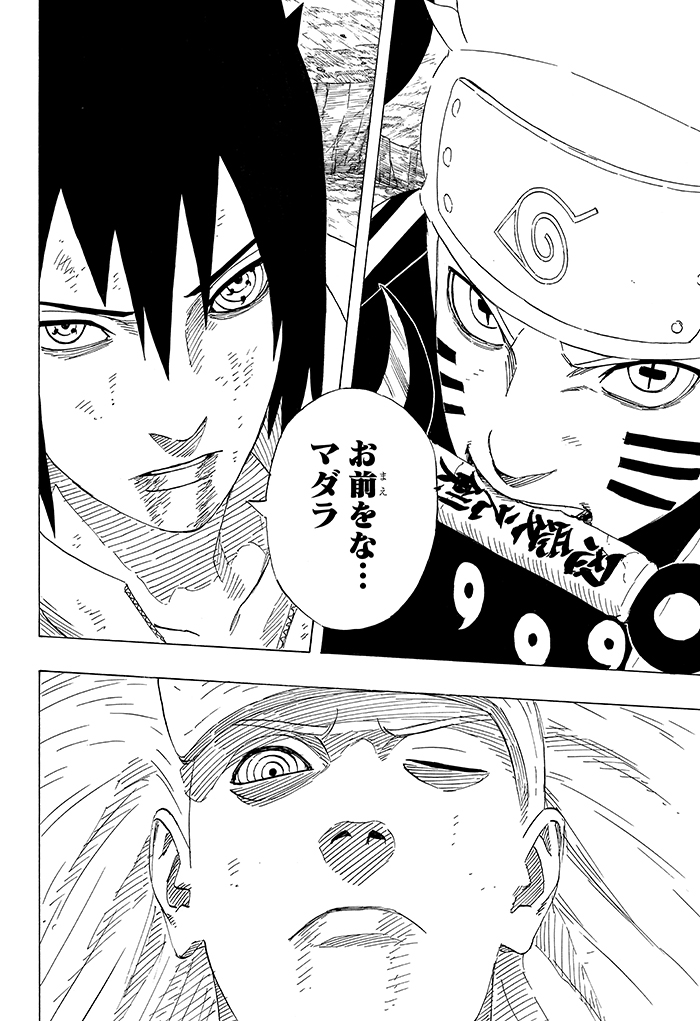
今はたくさんのフォントが色々なフォントメーカーから出ていますが、マンガ組版では都度都度多くの書体の中から指定していただくことはせず、出版社さまとの打ち合わせの中で、多くても20書体くらいを基本書体として決めています。
もちろん特殊な書体表現をしたい場合には、基本書体以外の書体も指定していただけますが、出版社の書体指定の負荷軽減を目的として、書体をある程度絞っているんです。
編集も制作も混乱するため、通常出版社さまと決めた基本書体をコロコロ変更することはありません。 ですが、「コミックレゲエ」のときのように、フォントのプロからご提案いただくと、さらにマンガに最適なバリエーションが増え、彩りも良くなるのではないかと期待しています!

またこの経験は、共同印刷としてもまんがコンテンツのデジタル化の礎となっています。出版社さまのこだわり、それに応えるための制作側のこだわり。デジタル制作フローになっても、お互いの職人的なこだわりが、お互いにとって、あるいは読者や著者にとって良い仕事を産むのだと感じています。
<編集後記>
雰囲気の演出に欠かせない大切なものだという思いから作られたこのフォントは、その他紙媒体はもちろん、テレビ番組でも多く見かけるようになりました。
さまざまな理由によって使い分けられるフォント、今後も求められる環境にあったデザインを提供できるように努めて参りたいと思います。
企業情報
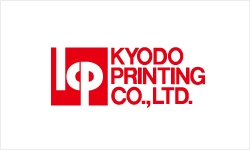
| 社名 | 共同印刷株式会社 |
|---|---|
| 所在地 | 東京都文京区小石川4-14-12 |
| TEL | 03-3817-2111 |
| URL | http://www.kyodoprinting.co.jp/ |
「LETS」プログラムへのご入会や製品のご購入については、お取引のある販売店様へお問い合わせ・ご注文くださいますようお願いいたします。
